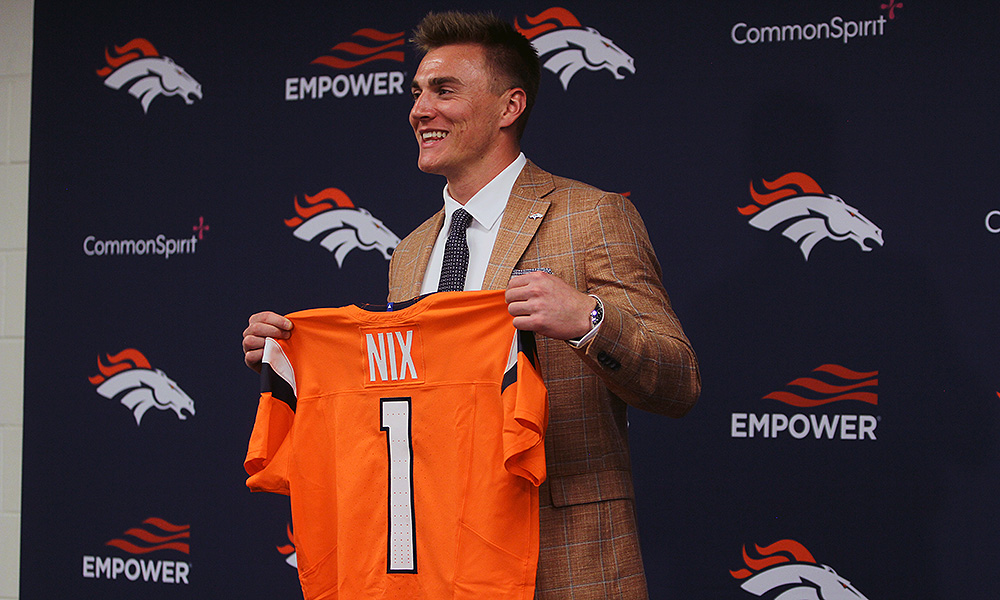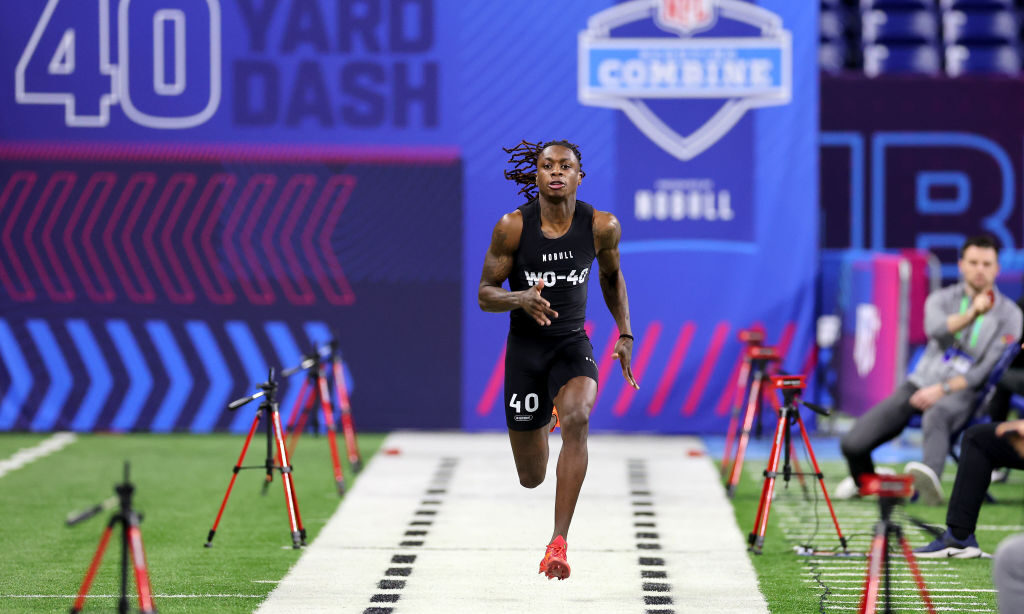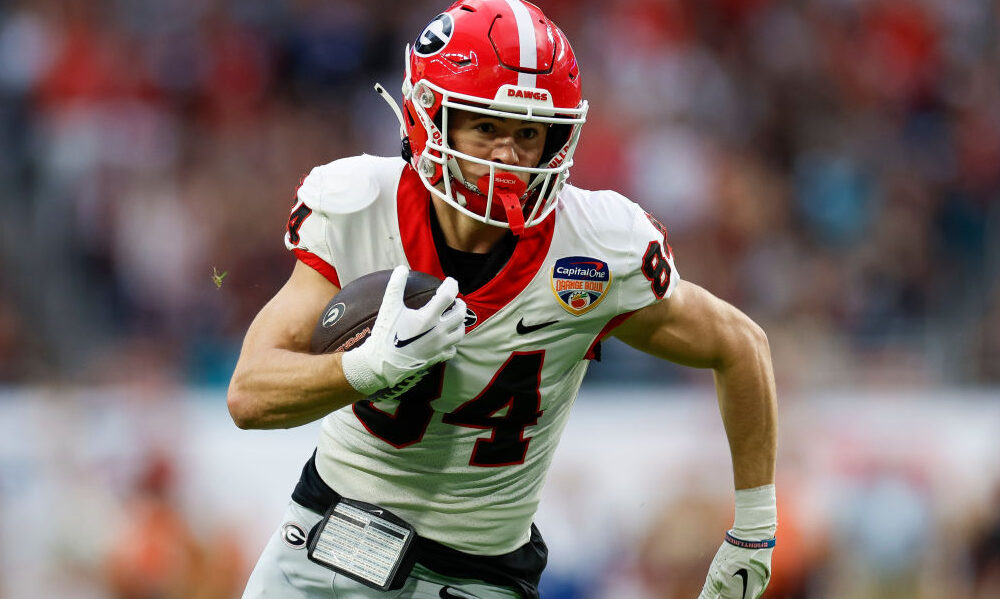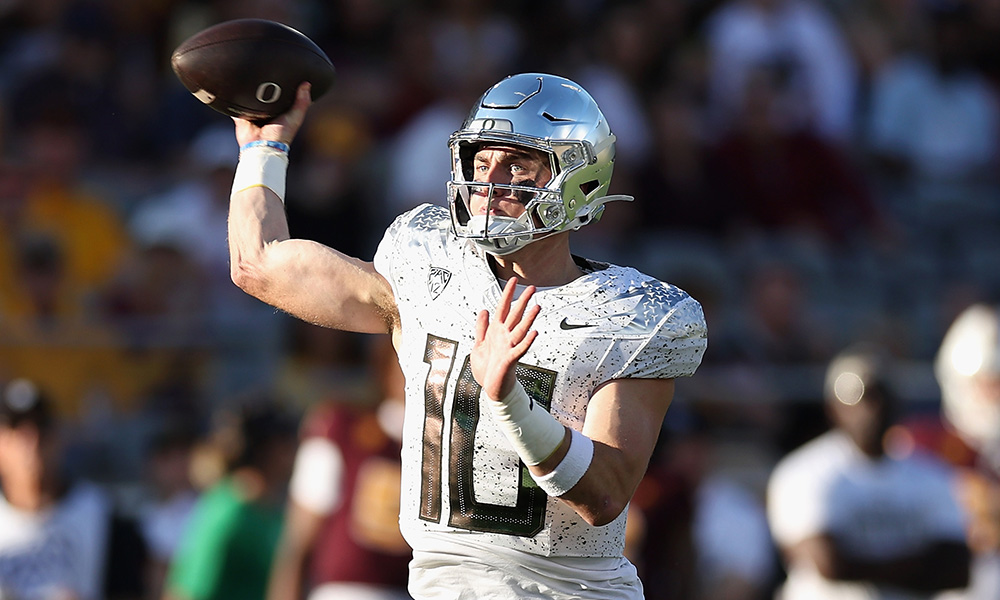What really matters if the Broncos end up building a new stadium?
Mar 23, 2023, 11:14 PM | Updated: Mar 24, 2023, 12:30 am
We don’t yet know whether the Broncos will pull up stakes from their spot on the western flank of I-25 and find a new landing spot in the Denver area. We don’t know if they’ll choose to overhaul Empower Field at Mile High rather than build a new stadium.
But we know that a potential new stadium is in play.
The survey the Broncos sent out to season-ticket holders confirms that the notion of a third home in Broncos history to follow Bears/Mile High Stadium and their current home of 22 seasons — which has seen four separate names — is more than just a pipe dream.
Let’s assume for a moment that the Broncos build anew. What is truly relevant in the stadium itself?
***
WHAT’S BEST FOR FOOTBALL
First and foremost, the venue needs to foster a strong home-field advantage for the Broncos. This is a difficult balance to strike — especially with new venues emphasizing premium options geared for maximum comfort. They are more civilized places.
One must only look at the contrast in Raiders venues for evidence. Allegiant Stadium in Las Vegas gleams. It has the glitz of the most elite casinos. It couldn’t be more different than Oakland-Alameda County Coliseum, a venue defined by poor drainage and an unmistakable aroma on the main concourse that blended garlic fries and marijuana.
But to its credit, Allegiant Stadium is LOUD. A roof certainly helps. Yet even with upwards of 50 percent of the fans on hand wearing road-team colors, the Raiders can count on plenty of noise.
If the Broncos build an open-air venue, they should turn their attention to Seattle. For 21 seasons, Lumen Field has been not only one of the NFL’s best venues — but among its loudest. The team and city designed the stadium with noise in mind, looking to recreate the din in which the Seahawks played during their best seasons at the long-since-demolished Kingdome.
A Seattle-like design would also surely involve a canopy to keep in the noise — and offer shade for fans who too often broil in the grandstands on sunny, warm September and October days. That’s an example of something that would offer tangible benefit for both fan comfort and the Broncos’ chances of on-field success.
An enclosed stadium has a chance to be the loudest in the sport. Taking the frenzy of Broncos fans and putting a roof over it opens new horizons — even as it closes off the outside air. But even if the Broncos stay outdoors, they can crank up the noise — to the team’s benefit.
***
LOCATION, LOCATION, LOCATION
But here’s the deal: One fan’s ideal spot is another fan’s nightmare.
If a new stadium is in the northeast quadrant of the area, fans living in Stapleton might rejoice. However, if you’re in Ken Caryl, you might blanch at the 45-minute trek — and that’s before factoring in heavy traffic near the stadium.
The Broncos won’t make everyone happy on this.
The current spot has the virtue of being centrally located. And the Broncos do have the rights to develop the land immediately south of the stadium, something that the previous administration under Joe Ellis engineered in recent years. But the overall acreage doesn’t have the same array of development possibilities that other plots of land in the region could possess.
And with the Denver area growing and neighborhoods continuing to sprout north and east of the city, what seems remote today could be well within the region’s core tomorrow.
Access is a massive part of it. The Broncos asked season-ticket holders about the importance of parking availability and public transit. The parking situation could be better, no doubt. But the stadium’s juxtaposition to I-25 and its location near the 6th Avenue highway — along with being able to have fans exit via Colfax and Federal — offer options for fans to start their journey home and escape gridlock.
This is the question involved with taking the Broncos elsewhere in the area. Let’s say that they build toward Denver International Airport, off of Peña Blvd. Would the stadium be close enough to E-470 or I-70 to take advantage of those highways? Because if Peña is the primary highway out of the stadium area, the road would likely need to be widened from being two lanes in each direction. It’s unlikely it could handle game-day traffic atop of its normal daily traffic headed to and from DIA.
The examples of two stadiums — both built away from the city center, surrounded by acres of parking lots — within one year of each other in the 1970s offer illumination.
In New England, the Patriots erected Schaefer Stadium — which would eventually be known as Foxboro Stadium. The stadium had just one road in and out: U.S. 1. Day-long traffic jams became part and parcel of the Patriots’ game-day experience. It would take generations and a new stadium before they got traffic management right, with enough lanes and alternate routes to accommodate fans streaming away with any efficiency.
Fifty-one years ago, Kansas City built Arrowhead Stadium. The city and team wisely put that venue — as well as the MLB Royals’ then-new stadium — at the junction of two interstate highways: I-70 and I-435. Acres of parking, tens of thousands of cars — and two major highways to speed fans away and homeward bound.
If the Broncos build away from their current spot, it needs to look more like Kansas City and less like New England.
***
COMFORT MATTERS
The concourses must be wide. A new stadium should have too many bathrooms, rather than the alternative. There should be a surplus of access points into the stadium; Ball Arena struggles with this, with not enough entry points as it feeds fans through two atriums, with an entire side of the building left without entries.
The bells and whistles are nice, but a stadium should start with making the nuts and bolts the best they can be. An easy-in, easy-out experience will go a long way to enhancing fan enjoyment.
And then there’s the food. The concessions should be varied and reflect the community. One of the finest aspects of stadiums around the nation is how they lean into local flavor more and more.
One can go to a Buccaneers game in Tampa and have the city’s famed Cubano — a Cuban sandwich with the city’s spin on it: slices of salami to go with the roast pork. In Seattle, you have myriad local options — including local fish-and-chips chain Ivar’s. Tony Luke’s cheesesteaks are a must-have at Philadelphia’s Lincoln Financial Field.
There should also be affordable, budget-friendly concessions. But there’s another angle to that.
***
FINALLY, THE PSL FACTOR
In some circles, permanent seat licenses won’t be a popular notion. But they are part and parcel of every new NFL stadium built over the last 20 years. Empower Field at Mile High was built without them. But even in that era, seat licenses were part of new venues built in St. Louis (1995), Carolina (1996) and Tampa Bay (1998), among others.
And in Atlanta, the money raised by seat licenses as a part of building Mercedes-Benz Stadium helped lead to a decision to have low prices on concession-stand items. When that venue opened, a hot dog cost $2. So did a soda — with bottomless refills during the event. It’s a little thing that goes a long way for fans.
When the Broncos evaluate the views of the fans, they’ll take plenty of factors into account.
But above all, when it comes to a stadium, these are the things that matter most.
***






